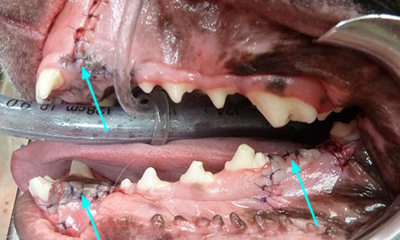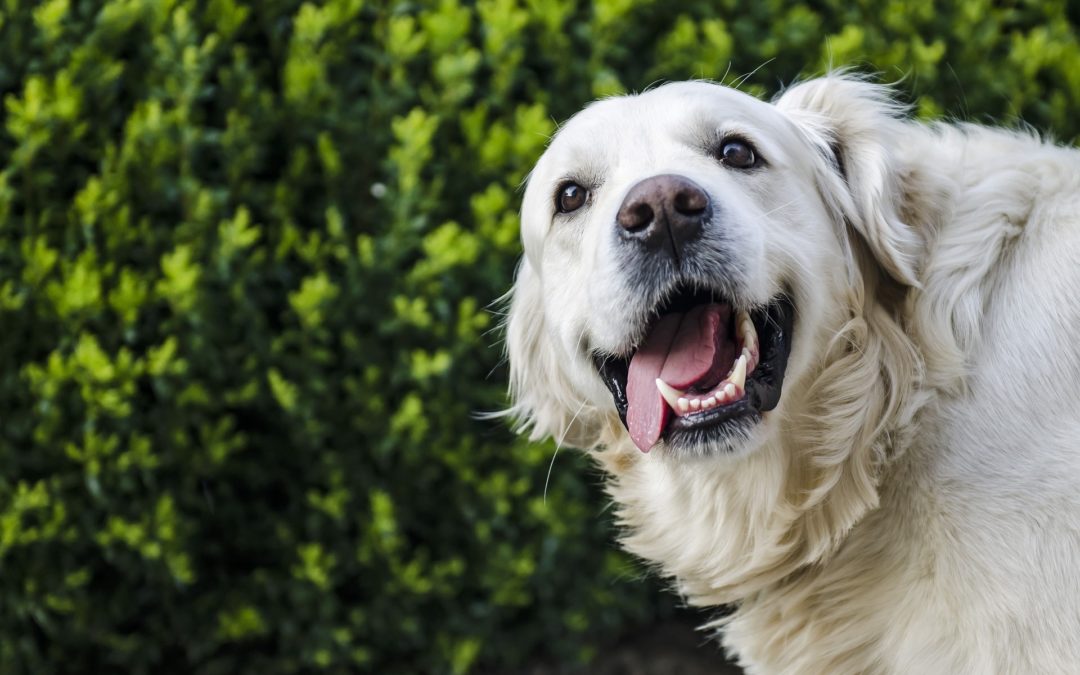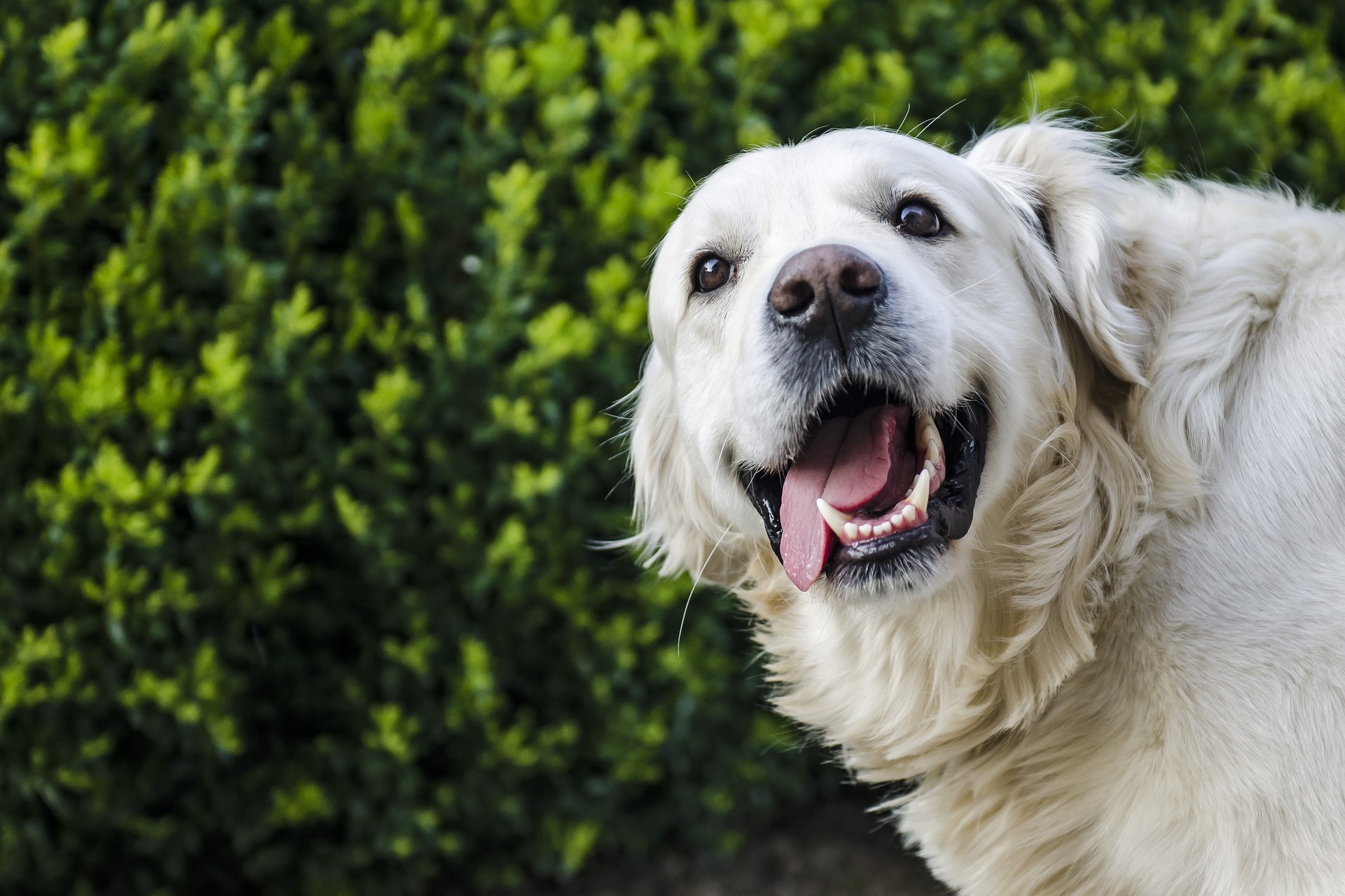After tooth extraction, it's crucial to keep your dog's mouth clean and watch for signs of infection. This includes feeding soft foods and avoiding rough play to aid in the healing process.
Additionally, regular dental check-ups can help to monitor your dog's oral health and prevent future dental issues. Providing appropriate dental care after tooth extraction is essential for your dog's overall well-being and comfort. It's important to follow your veterinarian's instructions and to be observant of any changes in your dog's behavior or eating habits.
By taking proper care of your dog's oral health post tooth extraction, you can ensure a smooth recovery and prevent any potential complications.
Introduction To Canine Dental Health
Importance Of Oral Hygiene For Dogs
Regular oral hygiene is crucial for dogs to prevent dental issues.
Proper oral care helps maintain overall health and well-being.
Common Dental Procedures For Pets
Dogs may require dental procedures like cleanings and extractions.
- Dental cleanings remove plaque and tartar buildup.
- Tooth extractions are performed for severe dental problems.

Credit: www.veterinarydentalcenter.com
Preparation For Tooth Extraction
After tooth extraction, it's crucial to care for your dog to ensure a smooth recovery. Limit their physical activity and offer soft food to prevent irritation. Administer any prescribed medications and monitor for any signs of discomfort or complications. Regularly check in with your vet for post-operative care guidance.
Choosing The Right Veterinarian
Choosing the right veterinarian is crucial in ensuring that your dog gets the best possible care before, during, and after tooth extraction. Look for a veterinarian who has experience with dental procedures and who will take the time to answer your questions and address any concerns you may have.
Understanding The Procedure
It is important to have a clear understanding of the tooth extraction procedure before your dog undergoes it. Your veterinarian should explain the procedure to you and answer any questions you may have. The procedure involves the removal of the tooth under general anesthesia. Your dog will be monitored closely during the procedure to ensure their safety.
Pre-operative Care
Before the tooth extraction, your veterinarian may recommend pre-operative care to prepare your dog for the procedure. This may include blood work to ensure that your dog is healthy enough for anesthesia, as well as antibiotics to prevent infection.
Post-operative Care
After the tooth extraction, your dog will need special care to ensure a smooth recovery. Your veterinarian may prescribe pain medication and antibiotics to prevent infection. It is important to follow your veterinarian's instructions for caring for your dog's mouth, including feeding soft food and avoiding hard toys or treats.
Preparing your dog for tooth extraction involves choosing the right veterinarian, understanding the procedure, and providing pre- and post-operative care. By taking these steps, you can help ensure that your dog has a safe and successful tooth extraction and a smooth recovery.
Immediately After Surgery: First 24 Hours
After your dog's tooth extraction surgery, it's crucial to focus on their immediate post-operative care.
Post-operative Care At The Clinic
- Veterinarians will closely monitor your dog's recovery after the tooth extraction surgery.
- They will provide pain management and ensure the incision site is clean and healing properly.
Bringing Your Dog Home
- Follow any specific instructions given by the vet for at-home care.
- Ensure your dog has a quiet, comfortable space to rest and recover.
Offer your dog small amounts of water and soft food to prevent discomfort.
Managing Pain And Discomfort
Pain Relief Medications
Following a tooth extraction, your veterinarian may prescribe pain relief medications to alleviate your dog's discomfort. These medications are typically prescribed for a specific duration and should be administered according to the veterinarian's instructions.
Home Remedies And Comfort Measures
While medications are often effective, there are also home remedies and comfort measures that can help manage your dog's pain. Providing a comfortable and quiet space for your dog to rest is essential. Additionally, using soft bedding and avoiding activities that may cause discomfort can aid in the recovery process.
Feeding After Tooth Extraction
Feeding your dog properly after a tooth extraction is crucial for their recovery and comfort. It's essential to provide them with suitable soft foods and encourage them to eat to ensure they receive the necessary nutrition while their mouth heals.
Recommended Soft Foods
When feeding your dog after a tooth extraction, it's important to offer soft, easy-to-chew foods to prevent discomfort and aid in the healing process. Recommended options include:
- Boiled chicken
- Plain cooked rice
- Canned pumpkin
- Boiled sweet potatoes
How To Encourage Your Dog To Eat
Encouraging your dog to eat after a tooth extraction can be challenging, but it's crucial for their recovery. Here are some tips to help stimulate their appetite:
- Warm the food slightly to enhance its aroma and make it more appealing.
- Hand-feed your dog to provide comfort and encouragement during meal times.
- Offer small, frequent meals throughout the day to prevent them from feeling overwhelmed.

Credit: www.eastvalleyanimal.com
Oral Hygiene Post-surgery
After tooth extraction, maintaining good oral hygiene for your dog is crucial. Gently clean the area with a soft cloth and provide them with soft, easy-to-eat food. Ensure they have access to fresh water, and monitor for any signs of infection or discomfort.
Cleaning Your Dog's Mouth
After tooth extraction, gently clean your dog's mouth using a soft gauze pad or cotton ball.
Avoid using a toothbrush to prevent irritation of the surgical site.
Preventing Infection
To prevent infection, administer prescribed antibiotics and pain medications as directed by the veterinarian.
Monitor for any signs of infection such as swelling, redness, or discharge and seek immediate veterinary care if observed.
Monitoring The Healing Process
After a dog's tooth extraction, monitoring the healing process is crucial. Keep an eye on any excessive bleeding, swelling, or signs of infection. Ensure the dog doesn't disturb the surgical site and follow the vet's instructions for pain management and aftercare.
Regular check-ups can aid in a smooth recovery.
After your dog has undergone a tooth extraction, you need to monitor the healing process carefully. The healing process can take up to two weeks, and it's essential to ensure your dog heals correctly and comfortably. Here are some tips to help you monitor your dog's healing process effectively.
Signs Of Proper Healing
To know that your dog is healing correctly, you need to look out for the following signs:
- Appetite: After the tooth extraction, your dog may lose appetite, but they should resume eating within two to three days. Make sure your dog eats soft food that is easy to chew and swallow.
- Activity: Your dog should return to their normal activity levels within a week. If they are lethargic and inactive, it could be a sign of complications.
- Swelling: Swelling around the extraction site is normal for the first few days. However, if the swelling persists or worsens, it could be a sign of infection, and you should contact your vet immediately.
- Bleeding: A little bleeding is normal after the extraction, but it should stop within a few hours. If there's excessive bleeding, contact your vet immediately.
When To Contact The Vet
While it's normal for your dog to experience some discomfort after the tooth extraction, there are some signs of complications that you should look out for. If you notice any of the following signs, contact your vet immediately:
- Refusal to eat: If your dog refuses to eat or drink for more than two days, it could be a sign of complications.
- Excessive drooling: If your dog is drooling excessively, it could be a sign of pain or infection.
- Discharge: If you notice any discharge from the extraction site, it could be a sign of infection.
- Fever: If your dog has a fever, it could be a sign of infection.
In conclusion, monitoring your dog's healing process after a tooth extraction is crucial. Watch out for the signs of proper healing and contact your vet immediately if you notice any signs of complications. With proper care and attention, your dog will heal quickly and comfortably.
Long-term Dental Care
Long-term dental care is crucial for dogs post-tooth extraction to ensure their oral health remains optimal.
Regular Dental Check-ups
Schedule annual check-ups to monitor your dog's dental health and address any issues promptly.
Maintaining Oral Health At Home
Implement a daily oral care routine including brushing your dog's teeth and providing dental treats.
Common Questions And Concerns
After tooth extraction, dog owners often have common questions and concerns about caring for their pet. They may wonder about pain management, diet adjustments, and signs of infection. It's important to follow the vet's guidance and monitor the dog closely during the recovery period to ensure a smooth healing process.
After tooth extraction, dogs may experience behavioral changes. These changes can include irritability, decreased appetite, and discomfort. Providing comforting and calming environments can help them adjust.
Life without teeth may be challenging for dogs at first. They may struggle with chewing and eating. Soft food and smaller treats can help them adapt to this new reality. Regular veterinary check-ups are crucial for monitoring their progress.

Credit: www.eastvalleyanimal.com
Frequently Asked Questions
How Long Does It Take For A Dog To Recover From Tooth Extraction?
A dog typically takes around 1-2 weeks to recover from tooth extraction. It may vary based on the complexity of the procedure and the individual dog's healing process.
How Can I Soothe My Dog After Dental Surgery?
Comfort your dog post-dental surgery by giving soft food, pain medication, and gentle cuddles. Keep them calm and cozy.
Can I Leave My Dog Alone After Tooth Extraction?
Yes, you can leave your dog alone after a tooth extraction, but it is recommended to monitor your pet for a few hours after the procedure. Make sure your dog is comfortable and has access to water. Avoid giving any hard or chewy treats for a few days and follow the veterinarian's instructions for post-operative care.
How Long Should A Dog Eat Soft Food After A Tooth Extraction?
Dogs should eat soft food for about 7-10 days after a tooth extraction to aid healing.
Why Is Dog Care Important After Tooth Extraction?
Proper care prevents infection, aids healing, and ensures your dog's comfort and well-being.
Conclusion
Proper care after a dog's tooth extraction is crucial for their recovery. Following the veterinarian's instructions and monitoring for any signs of complications is essential. Ensuring a comfortable environment and providing soft, nutritious food will aid in the healing process.
Regular dental check-ups will help maintain your dog's oral health.











